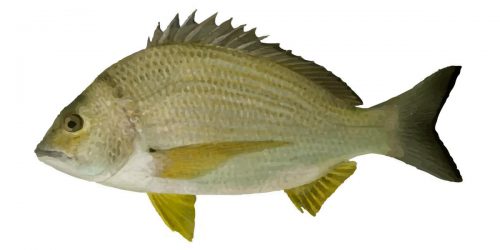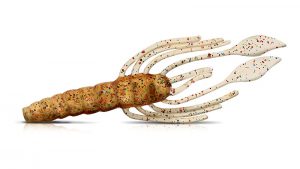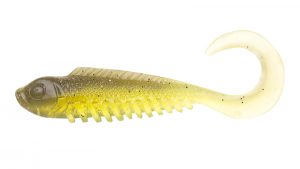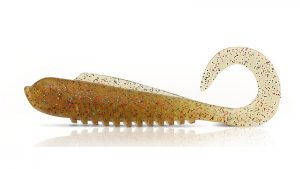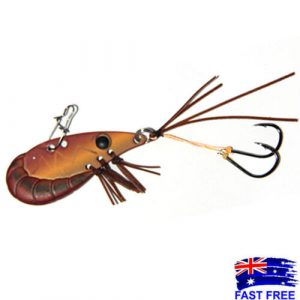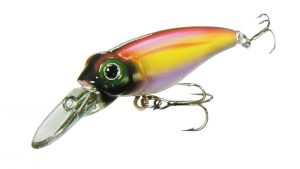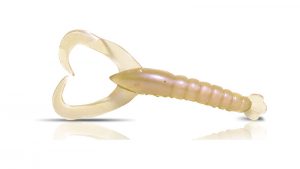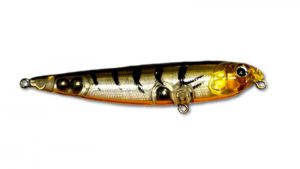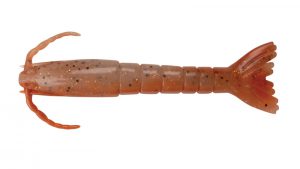Yellowfin Bream Acanthopagrus australis
Bream fishing has grown hugely in popularity in the last few years, with anglers target this often fickle species on all kinds of lures and techniques.
Yellowfin Bream are a fantastic light tackle sport fish that will readily take all kinds of lures include surface poppers, soft plastics and more.
Bream tend to hide tight in snags
Bream provide fantastic sport fishing on light tackle and are capable of big bust-offs around structure such as snags, rocks and oyster leases. Don’t be fooled, these little guys can bring a grown man to his knees in comps or when another expensive lure gets towed home.
ellowfin bream (Acanthopagrus australis) is a popular fish species found in coastal waters and estuaries around Australia. It is a member of the family Sparidae, which includes other popular sport fish such as snapper and whiting.
Yellowfin bream are known for their distinctive yellow fins and silver-grey body, which can grow up to 40 cm in length. They are a popular target for recreational fishers due to their abundance, accessibility, and willingness to take a variety of baits and lures.
Yellowfin bream are commonly found in estuaries and tidal rivers, where they feed on a range of prey including crustaceans, mollusks, and small fish. They are most active during the warmer months and can be caught using baits such as prawns, worms, and yabbies, or lures such as soft plastics and hard-bodied lures.
Yellowfin Bream Spawning
Yellowfin bream (Acanthopagrus australis) typically spawn in the late winter and early spring months (August to October) in estuaries and nearshore coastal waters of Australia close to river mouths. Spawning may occur over several months, depending on the location and water conditions.
During the spawning season, male yellowfin bream undergo changes in their coloration, developing darker stripes and a more vivid yellow coloration on their fins, while female yellowfin bream tend to become rounder and more plump as their ovaries fill with eggs.
Spawning typically occurs in the early morning hours, with males releasing their sperm into the water column and females releasing their eggs. The eggs are then fertilized in the water and are carried by the currents until they hatch into larvae, which are then carried back into estuaries and coastal waters by tidal movements.
Yellowfin bream larvae remain in the estuaries and nearshore waters for several months before moving out to deeper waters. They then grow and mature, returning to estuaries and coastal waters to spawn once they reach sexual maturity at around two to three years of age.
Here are some tips for yellowfin bream fishing:
- Know the habitat: Yellowfin bream are commonly found in estuaries, tidal rivers, and nearshore coastal waters, where they feed on a range of prey including crustaceans, mollusks, and small fish. Look for structures such as rock walls, jetties, and weed beds, as these areas can provide cover and food for yellowfin bream.
- Use the right gear: A light to medium spinning or baitcasting rod, with a sensitive tip and a light line (4-10lb) is ideal for yellowfin bream fishing. Small hooks and sinkers are typically used to present bait to the fish, and lures such as soft plastics, hard-bodied lures, and blade lures can also be effective.
- Choose the right bait: Yellowfin bream can be caught using a range of baits, including prawns, worms, yabbies, and small pieces of fish such as pilchards or mullet. Fresh baits are often more effective, and anglers can also use scent attractants to increase their chances of catching fish.
- Fish the tides: Yellowfin bream are often more active and feed more actively during tidal movements, such as incoming tides or high tides. Plan your fishing around these movements, and try to present your bait or lure in the path of the current.
- Practice catch-and-release: Yellowfin bream populations are an important fishery in Australia, and it is important to practice sustainable fishing practices to ensure their continued health and abundance. Follow local fishing regulations, including size and bag limits, and consider releasing smaller fish to grow and reproduce.
